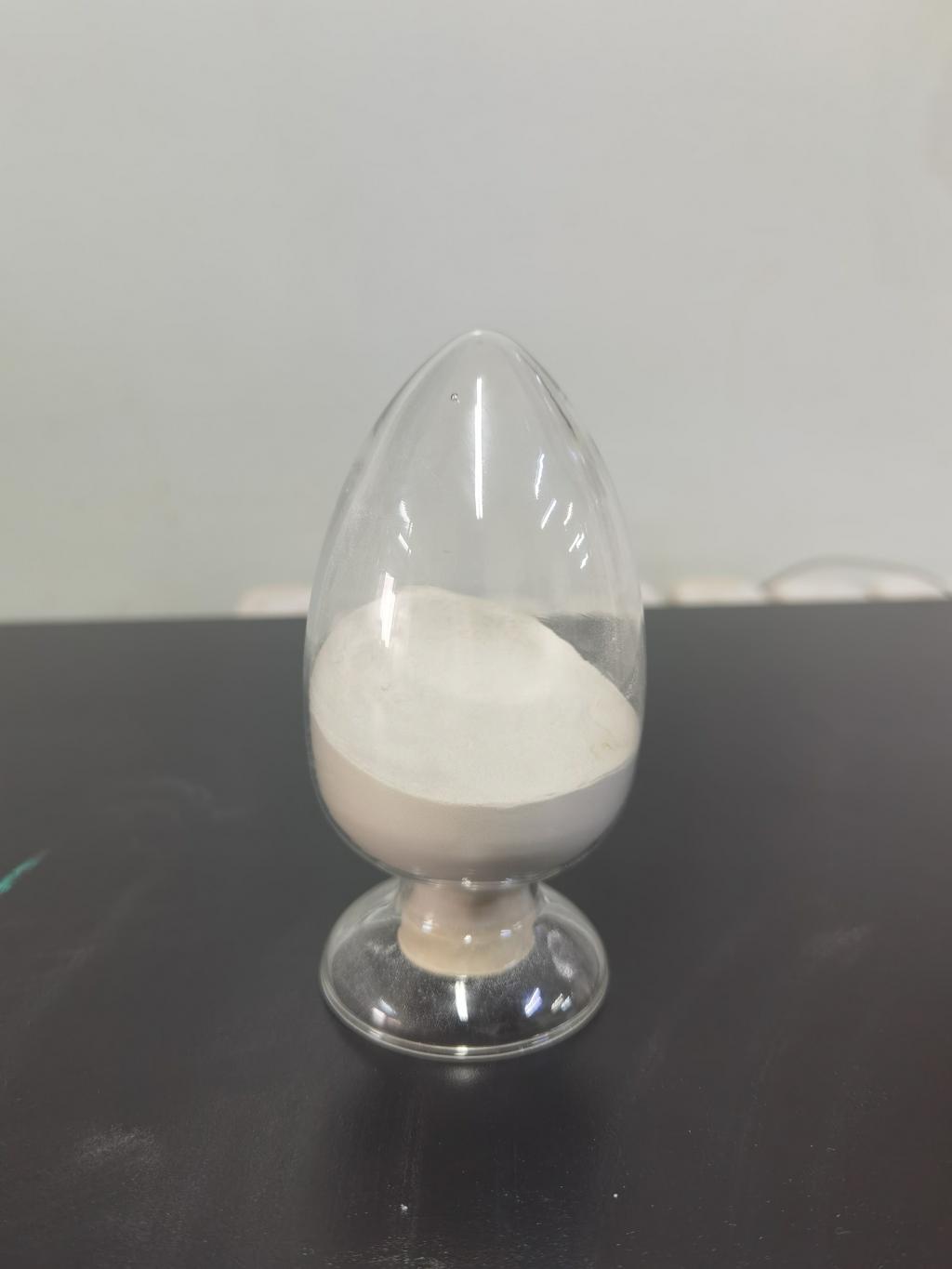Tel:+8618231198596

News
 CONTACT
CONTACT
 CONTACT
CONTACT
- Linkman:Linda Yao
- Tel: +8618231198596
- Email:linda.yao@dcpharma.cn
- Linkman:CHARLES.WANG
- Department:Overseas
- Tel: 0086 0311-85537378 0086 0311-85539701
News
Nisin preserves the authenticity of traditional foods.
TIME:2024-03-20
Historical Context:
The preservation of food has been a timeless endeavor, dating back to ancient civilizations. Early methods such as drying, salting, and fermentation were employed to prolong the shelf life of perishable foods. These techniques not only preserved food but also imbued them with distinctive flavors and textures, contributing to culinary diversity worldwide. However, with the advent of industrialization, traditional preservation methods gave way to synthetic additives and chemical preservatives, raising concerns about their impact on health and taste.
Enter Nisin:
Amidst growing concerns about food safety and authenticity, nisin emerged as a beacon of hope. Discovered in the 1920s by scientists investigating the antimicrobial properties of dairy products, nisin quickly garnered attention for its ability to inhibit the growth of a wide range of harmful bacteria, including those responsible for food spoilage and foodborne illnesses. Unlike synthetic preservatives, nisin is a naturally occurring peptide produced by certain strains of lactic acid bacteria, making it an attractive option for consumers seeking cleaner labels and more natural alternatives.
Mechanism of Action:
Nisin's antimicrobial activity stems from its ability to disrupt bacterial cell membranes, leading to leakage of intracellular contents and ultimately cell death. This mechanism of action is highly effective against Gram-positive bacteria, which are prevalent in many types of food spoilage and foodborne pathogens. Moreover, nisin exhibits synergistic effects when combined with other preservation methods such as heat treatment or low pH, further enhancing its efficacy in food preservation.
Applications in Traditional Foods:
One of the most compelling aspects of nisin is its compatibility with traditional food preservation techniques. In cultures around the world, fermented foods play a central role in culinary traditions, offering a myriad of flavors, textures, and health benefits. Nisin can be seamlessly integrated into traditional fermentation processes, preserving the authenticity of these foods while enhancing their safety and shelf life. From kimchi in Korea to sauerkraut in Germany, nisin offers a modern solution to age-old preservation challenges.
Impact on Culinary Heritage:
The preservation of traditional culinary practices is not merely a matter of nostalgia but a vital aspect of cultural heritage preservation. Traditional foods embody centuries of culinary wisdom, passed down from generation to generation. By safeguarding these traditions, we not only celebrate cultural diversity but also promote sustainable food systems and community resilience. Nisin's role in preserving the authenticity of traditional foods extends beyond mere food safety; it is a testament to the enduring legacy of culinary craftsmanship.
Challenges and Considerations:
Despite its numerous benefits, the widespread adoption of nisin faces certain challenges and considerations. Regulatory hurdles, consumer perception, and economic feasibility are among the factors that influence its integration into the food industry. Moreover, the long-term effects of nisin on microbial ecosystems and human health warrant further research and scrutiny. As we navigate these complexities, it is essential to strike a balance between innovation and tradition, ensuring that food preservation practices uphold the principles of safety, sustainability, and cultural integrity.
Future Directions:
Looking ahead, the future of nisin and traditional food preservation holds promise and potential. Advances in biotechnology and food science may lead to the development of novel applications and formulations of nisin, tailored to specific culinary traditions and consumer preferences. Moreover, increased collaboration between researchers, food producers, and regulatory agencies can facilitate the responsible use of nisin while addressing concerns about safety and sustainability. By harnessing the power of nisin, we can preserve the authenticity of traditional foods for generations to come.
Conclusion:
In the dynamic landscape of food preservation, nisin stands as a beacon of innovation rooted in tradition. Its antimicrobial properties offer a compelling solution to the challenges of food safety and authenticity, while its compatibility with traditional preservation techniques ensures the preservation of culinary heritage. As we strive to meet the evolving needs of consumers and the food industry, let us embrace the transformative potential of nisin while honoring the timeless wisdom of our culinary traditions. Together, we can preserve the authenticity of traditional foods and nourish both body and soul.
- Tel:+8618231198596
- Whatsapp:18231198596
- Chat With Skype







